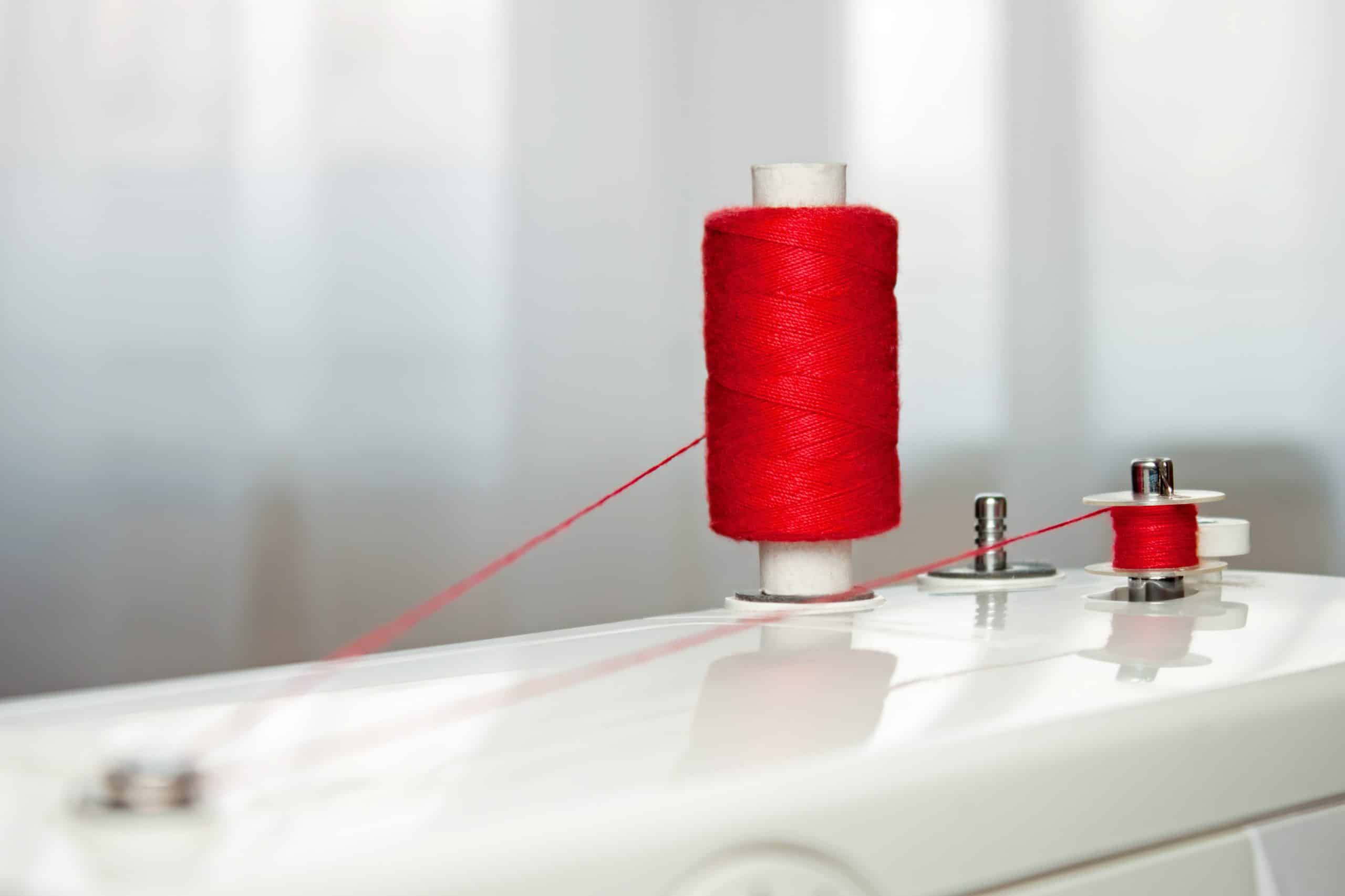Choosing the best harness and leash for your pet can be a tricky task, especially with a market saturated with options. With various designs, styles, sizes, and functionalities to choose from, it can be overwhelming.
However, the right leash and harness combination is essential for your dog’s safety and training. By taking into consideration your pet’s size, temperament, and needs, you can select the perfect gear for your pet. So, let’s dive into the world of dog harnesses and leashes to guide you on your purchasing journey.
A lire également : What’s the Most Effective Way to Reduce Algae Growth in a Fish Tank Without Chemicals?
Understanding Different Types of Dog Harnesses
Before you make a purchase, it’s vital to understand the different types of dog harnesses. They come in various forms, and the best choice for your dog will depend on its size, breed, and behavior.
Front-Clip Harness
The front-clip harnesses are a popular choice for pet owners dealing with dogs that pull. This type of harness has a clip in the front, over the pet’s chest. When your dog tries to pull, it will be turned around instead of moving forward. This helps to discourage pulling and gives you greater control over your dog’s behavior.
En parallèle : What Are the Essential Steps in Preparing Your Pet for Air Travel?
Back-Clip Harness
On the other hand, back-clip harnesses have the leash attachment on the top of the dog’s back. While these harnesses don’t offer as much control as front-clip models, they’re a great choice for small dogs or dogs that are already trained not to pull on the leash.
Dual-Clip Harness
The dual-clip harnesses provide the option to attach the leash either on the front or the back, making them a versatile option. You can decide where to clip the leash based on your dog’s behavior and the situation.
The Best Leashes for Different Dog Personalities
The leash is just as important as the harness when it comes to controlling and training your dog.
Standard Leash
Standard leashes are the most common type. They are typically made of nylon or leather and come in a range of lengths, usually between 4 and 8 feet. Standard leashes are great for everyday use and can be used for dogs of all sizes and breeds.
Retractable Leash
Retractable leashes have become quite popular in recent years. They allow your dog more freedom to explore while you still maintain control. However, they might not be the best choice for dogs that pull or are still in training, as they can encourage pulling.
Adjustable Leash
An adjustable leash is often a good choice for training and offers more flexibility. They can be lengthened or shortened depending on the situation, allowing you more control when needed.
Training Your Dog Using a Leash and Harness
Training your dog to behave well while on a leash and harness is essential. It’s not just about controlling your dog, but about teaching them to be respectful and safe in various environments.
By using a front-clip harness, you can discourage pulling and teach your dog to walk nicely by your side. You can reward your dog with treats and praise when they walk without pulling, reinforcing positive behavior.
Remember that training takes time and patience. It’s a gradual process and each dog will progress at their own pace.
Ensuring the Right Fit for Your Dog’s Harness and Leash
Getting a harness and leash that fits your dog well is crucial for their comfort and safety.
When fitting a harness, make sure you can fit two fingers between the harness and your dog’s body. It should be snug but not tight. If it’s too loose, your dog could slip out. If it’s too tight, it could cause discomfort or injury.
As for the leash, consider your dog’s size and energy level. Bigger, energetic dogs may need a shorter and more robust leash for better control. Smaller or less active dogs might be fine with a longer, lighter leash.
Conclusion
Choosing the right type of leash and harness for your dog’s specific needs may take some time and experimentation. It’s about understanding your dog’s needs, behavior and size. With the right gear, walks can become a pleasant, stress-free activity for both of you. Remember, the comfort and safety of your pet should always be the priority. Happy shopping, and even happier walking!
Harness and Leash Maintenance
Just like any other product, your dog’s leash and harness require proper care and maintenance to ensure they last for a long time and stay effective.
Firstly, cleaning your dog’s gear is a crucial step. Dirt and grime can accumulate over time, which can cause the material to deteriorate. It can also create an unpleasant smell and make your dog uncomfortable. Most nylon and fabric harnesses are machine washable, but be sure to check the label. Leather harnesses and leashes, on the other hand, will require special leather cleaner.
Secondly, check your pet’s leash and harness regularly for any signs of wear and tear. Leashes can become frayed and harnesses can develop weak spots over time. If your pup’s gear is showing signs of damage, it’s best to replace it immediately. Using a damaged leash or harness can put your dog at risk as it may break during use.
Lastly, store your dog’s leash and harness in a cool, dry place when not in use. This helps to prevent the growth of mold and mildew, and extends the lifespan of the gear.
Choosing a Harness and Leash based on Your Dog’s Activity Level and Lifestyle
The activity level and lifestyle of your dog should also play a significant role in determining the type of leash and harness to purchase.
If you have an adventurous dog that loves hiking, running or outdoor activities, you may want to consider a front range harness. This type of harness typically has padding for comfort and multiple attachment points for added control. A strong, durable leash would also be necessary.
For small dogs or those with a more laid-back lifestyle, a back-clip harness may suffice. This harness is usually more comfortable and less restrictive. A lightweight, retractable leash might be a great option, giving your pet some freedom to roam.
If dog training is a big part of your pup’s lifestyle, a front-clip or dual-clip harness could be your best bet. These harnesses give you more control over your dog’s movement and can help deter pulling. An adjustable leash would also be beneficial here, allowing you to alter the length as required.
Conclusion
Choosing the right leash and harness for your dog isn’t just about buying the most expensive or the most popular. It’s about finding something that suits your dog’s needs, size, and lifestyle. Whether your pup is a puller, an active runner, or a relaxed stroller, there is a leash and harness out there that’s perfect for them. Remember to keep comfort, safety, and durability in mind, and you’ll find a solution that makes walking your dog a joy, not a chore. Happy shopping and happier walking!











